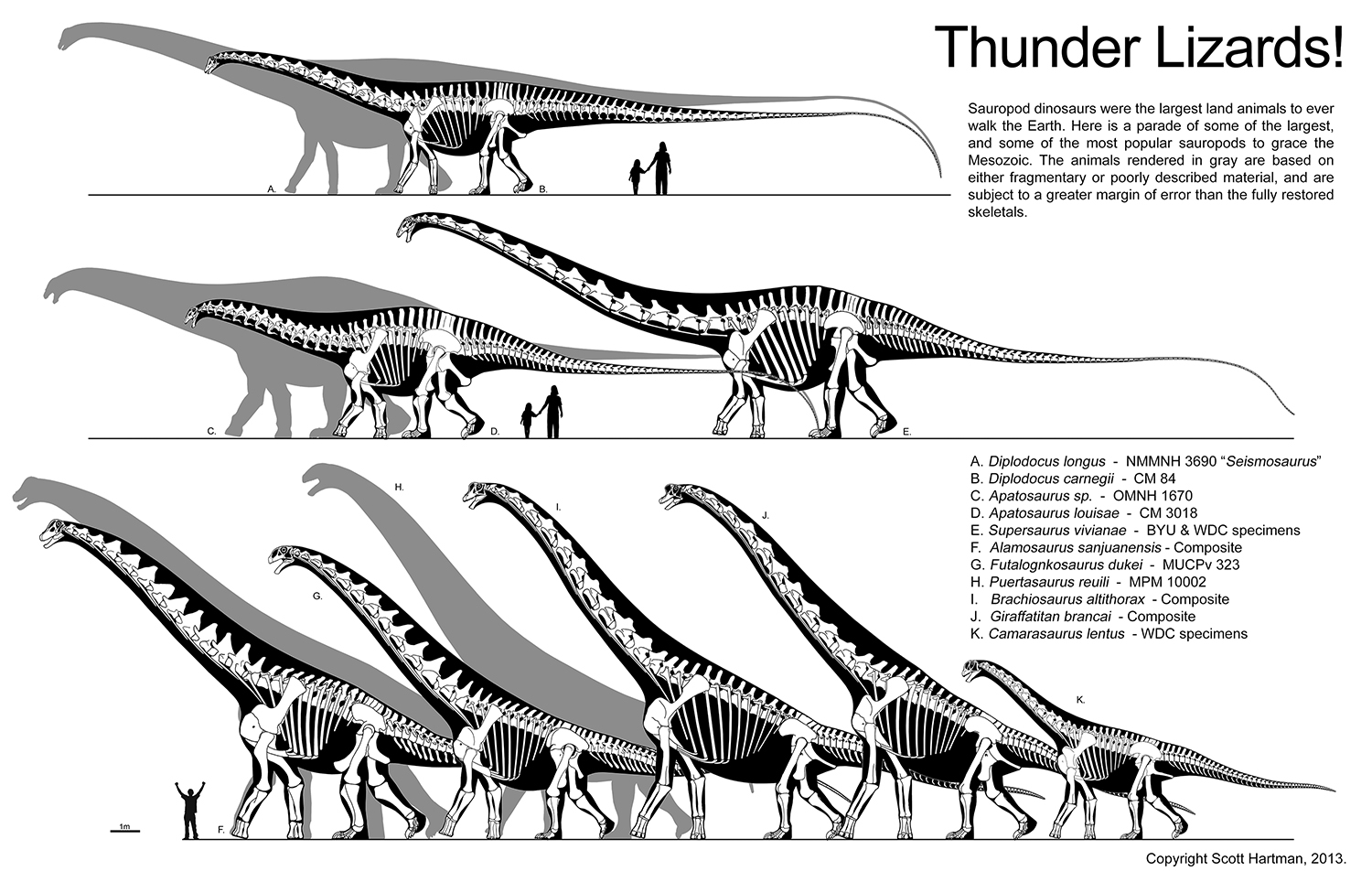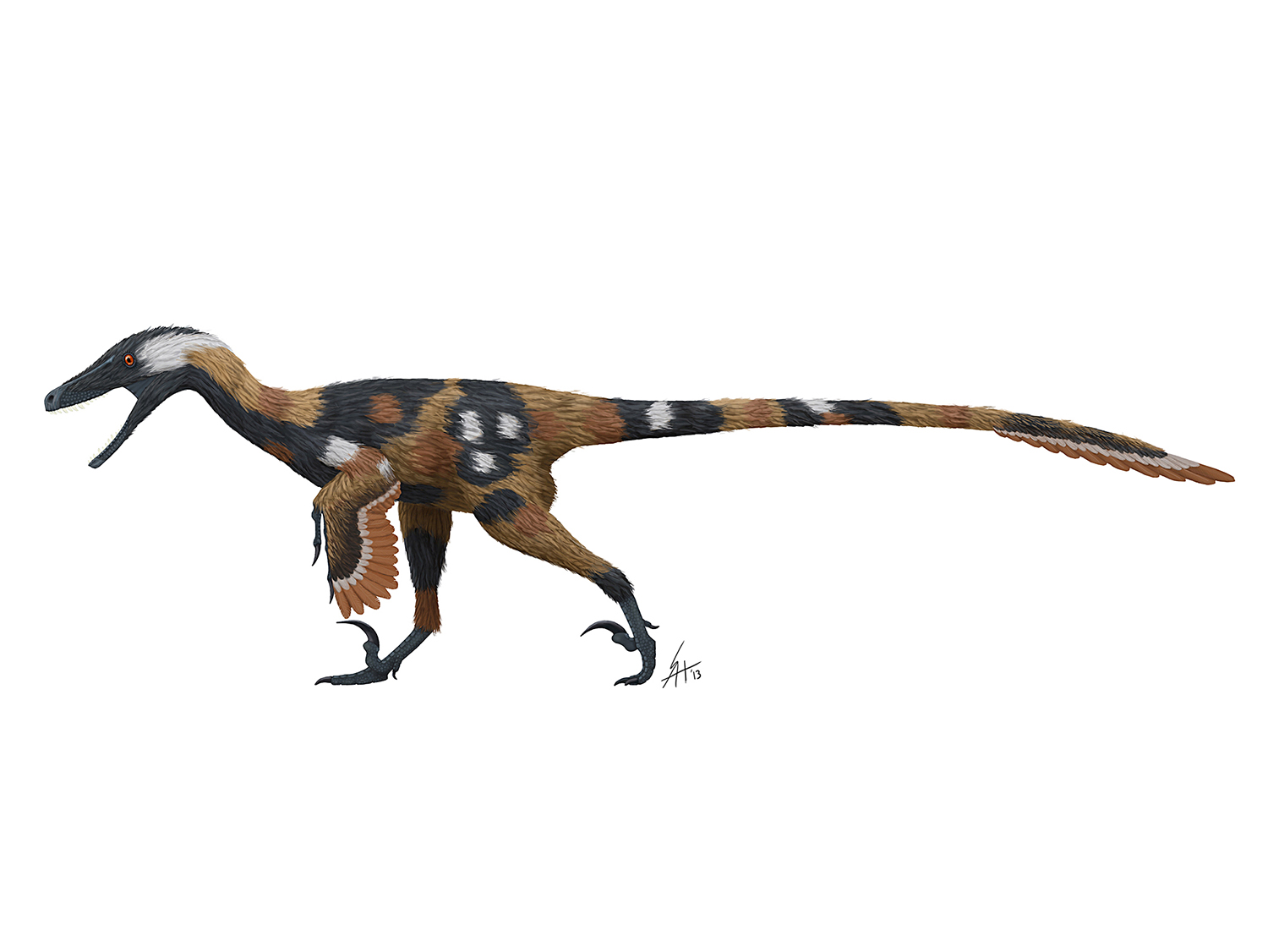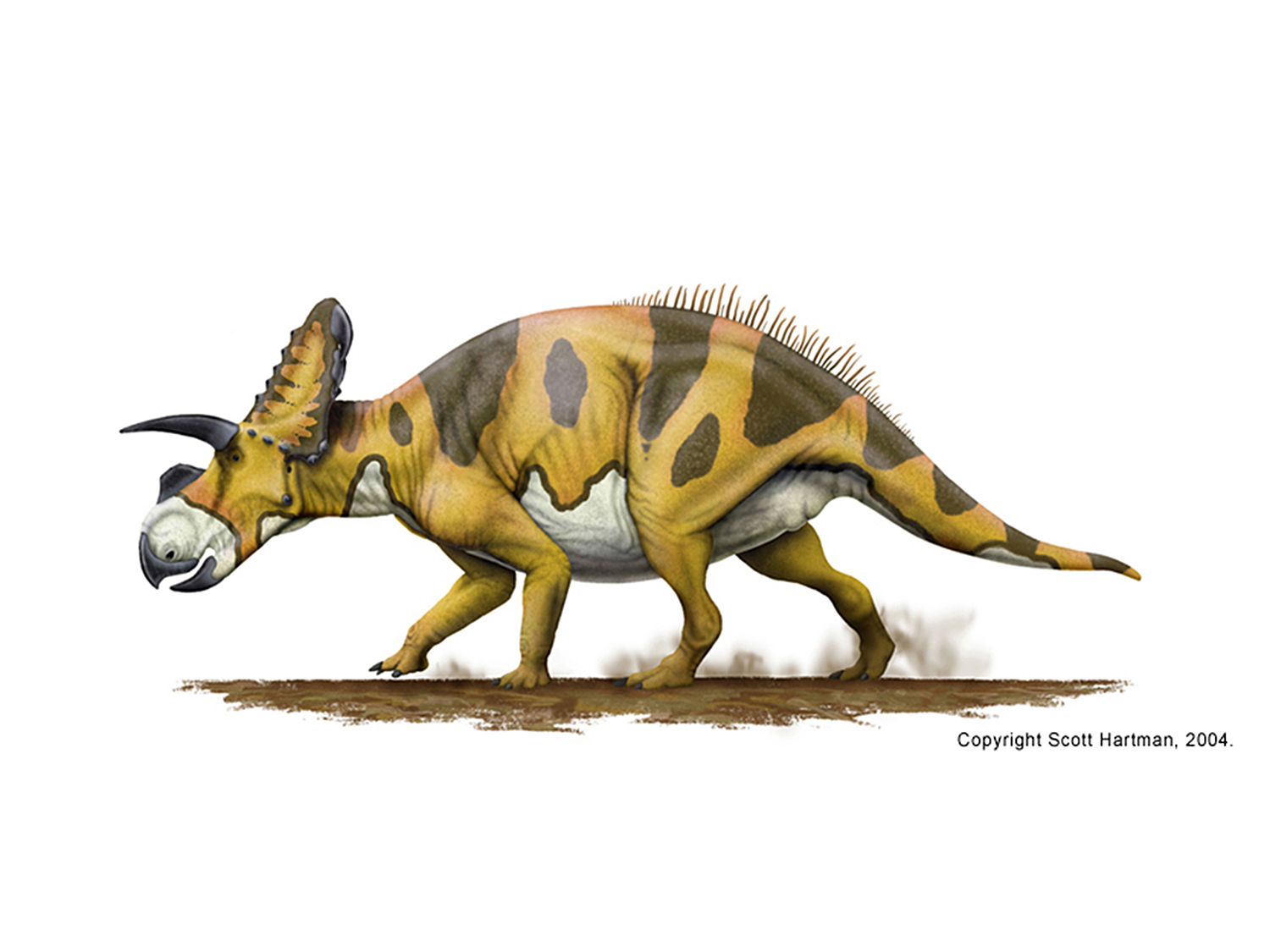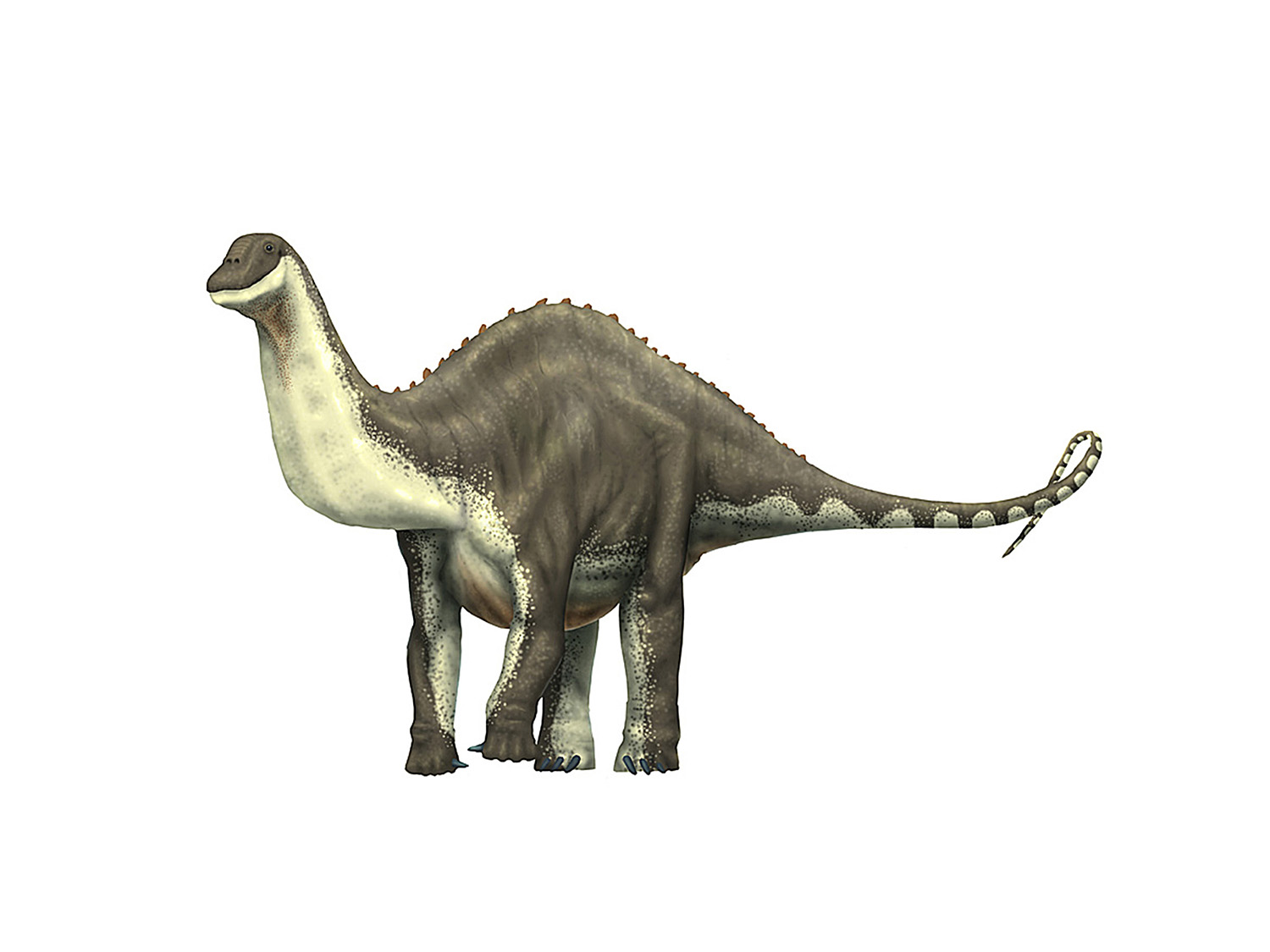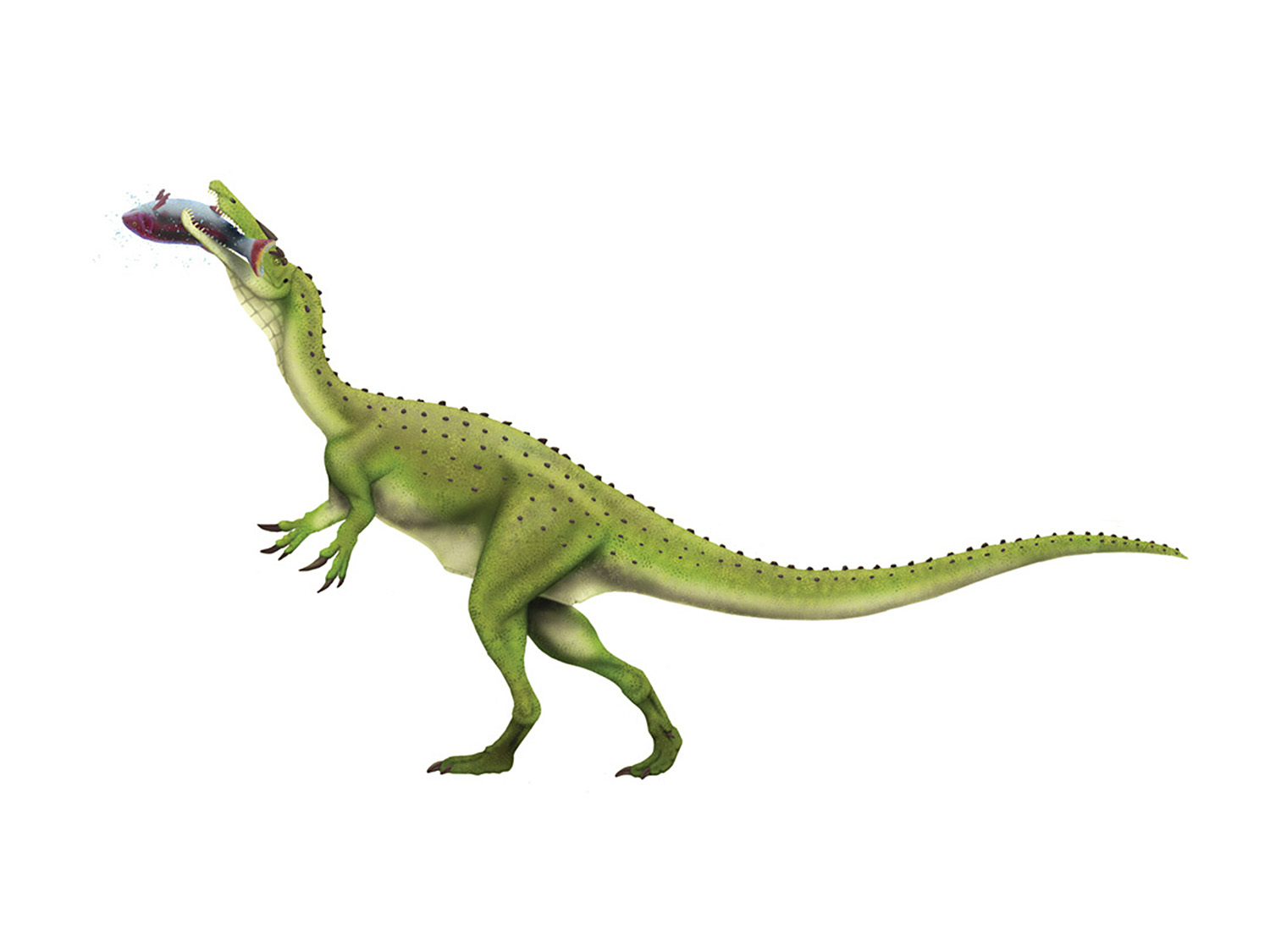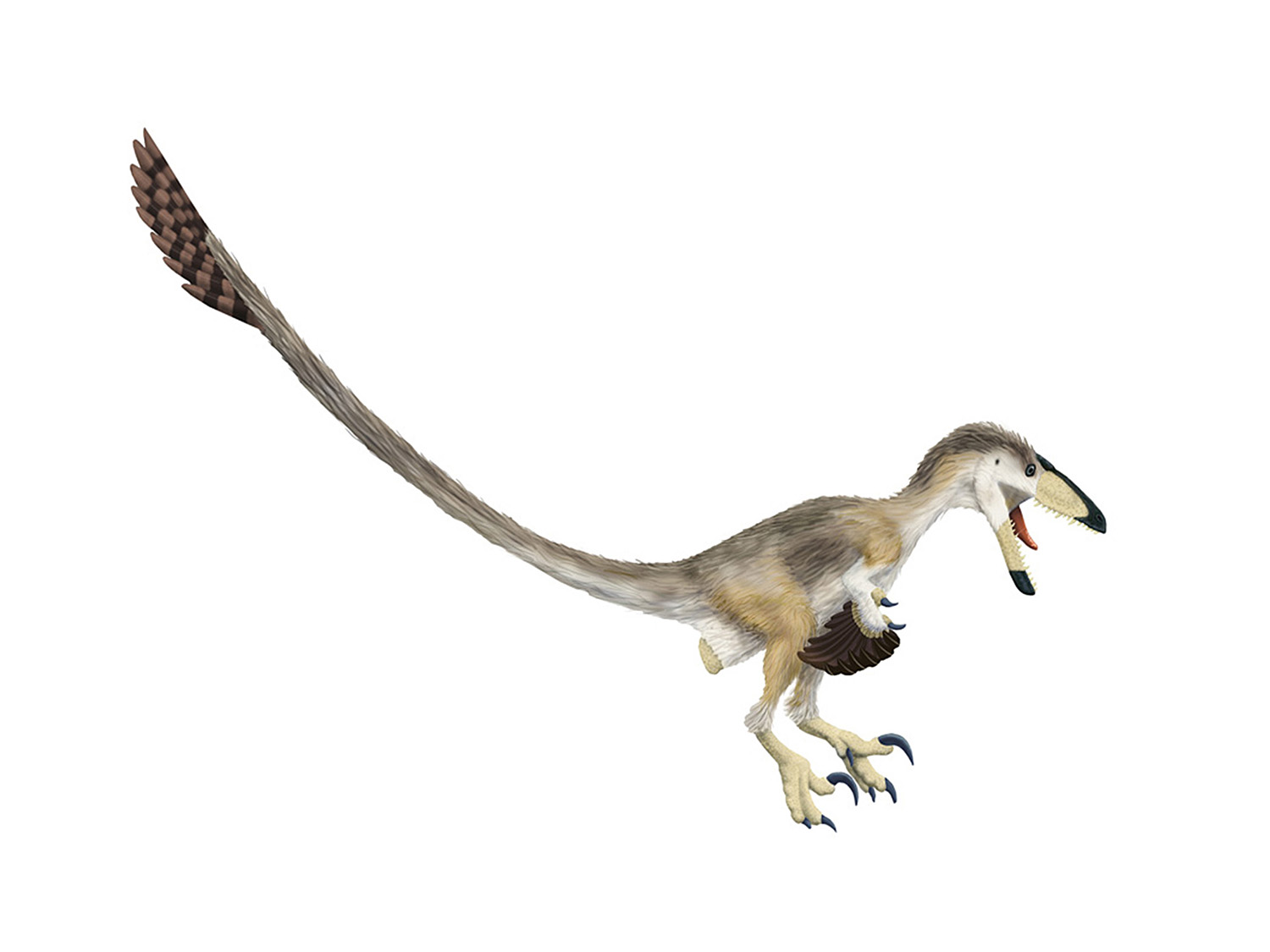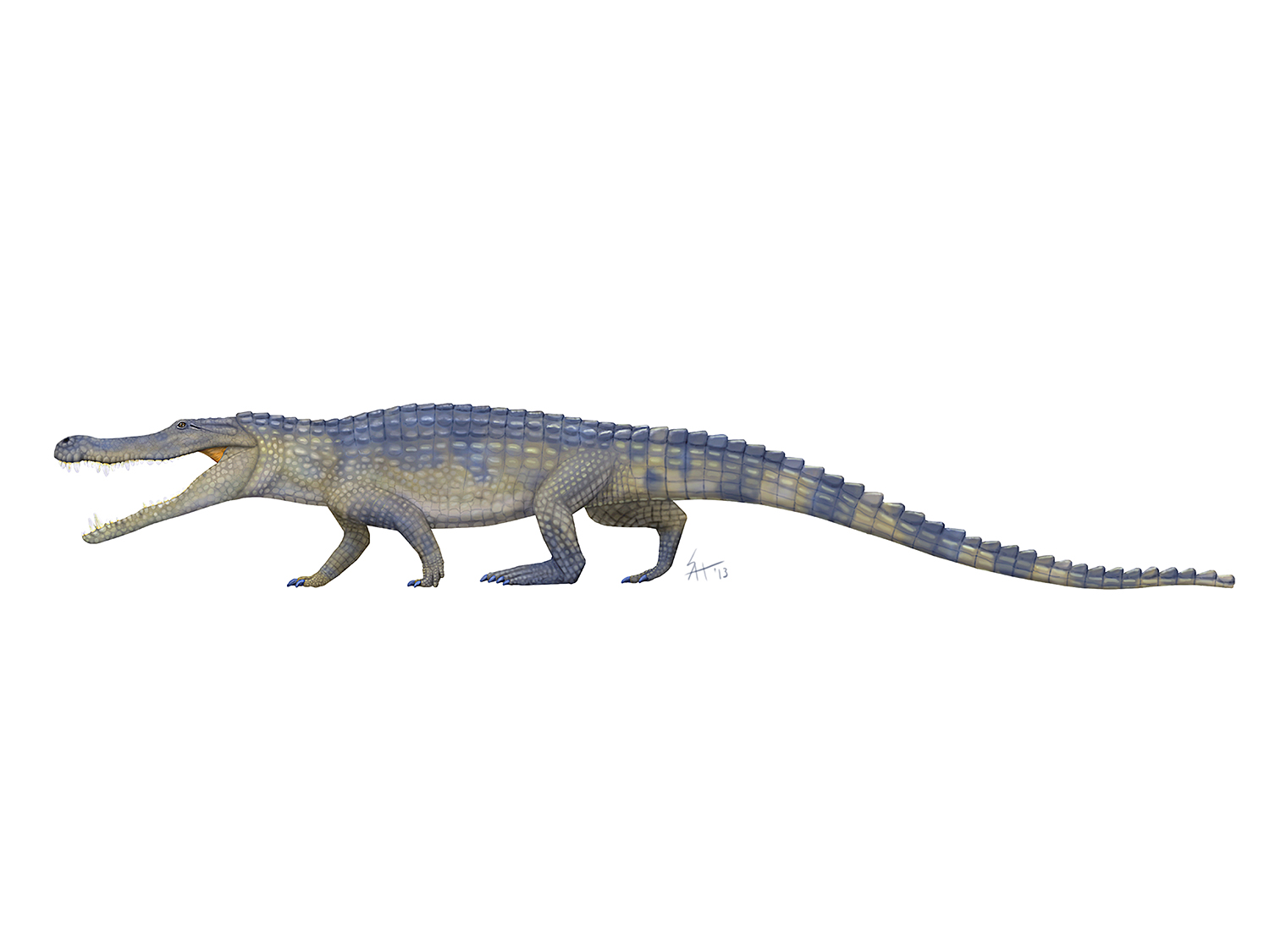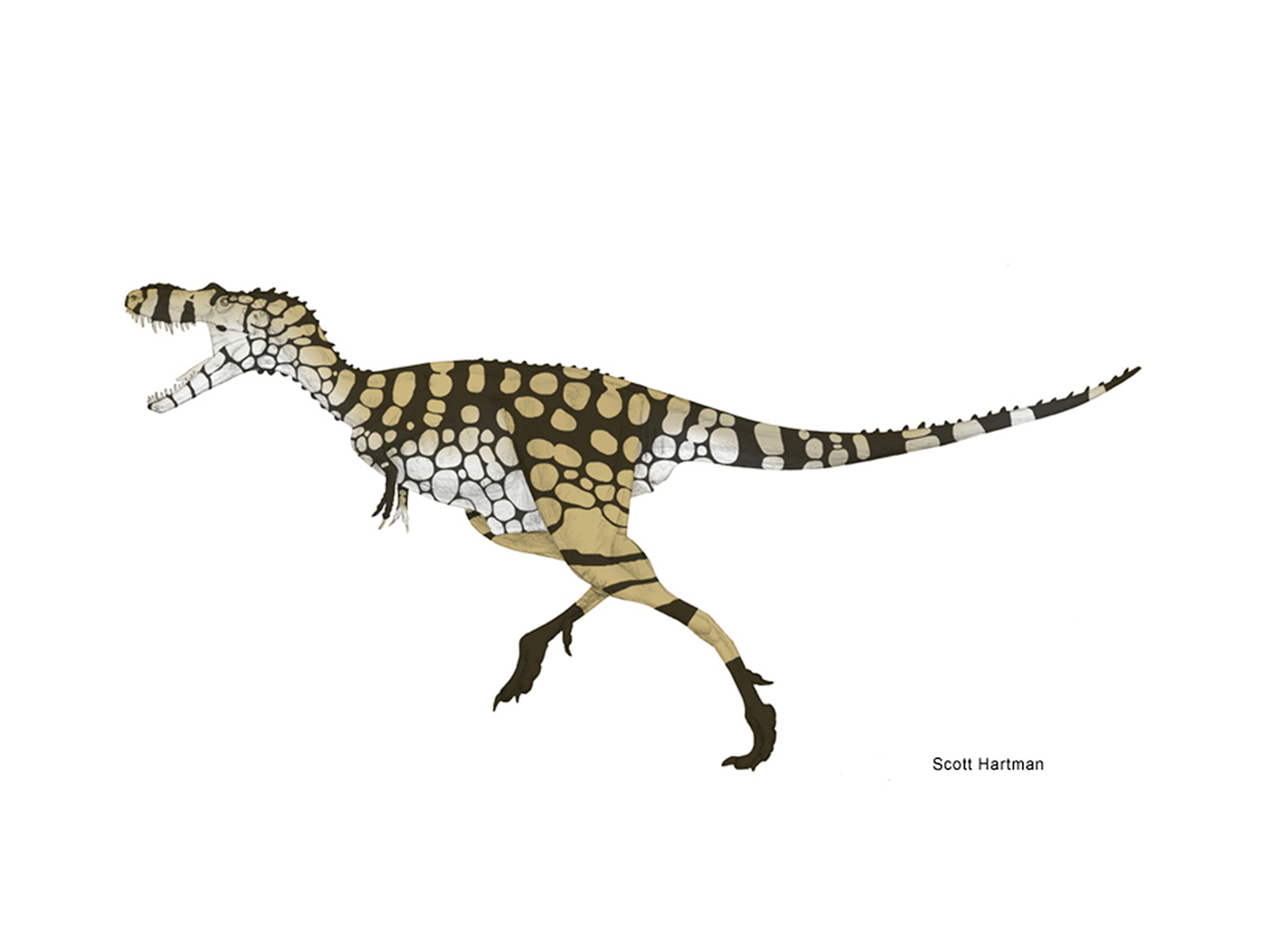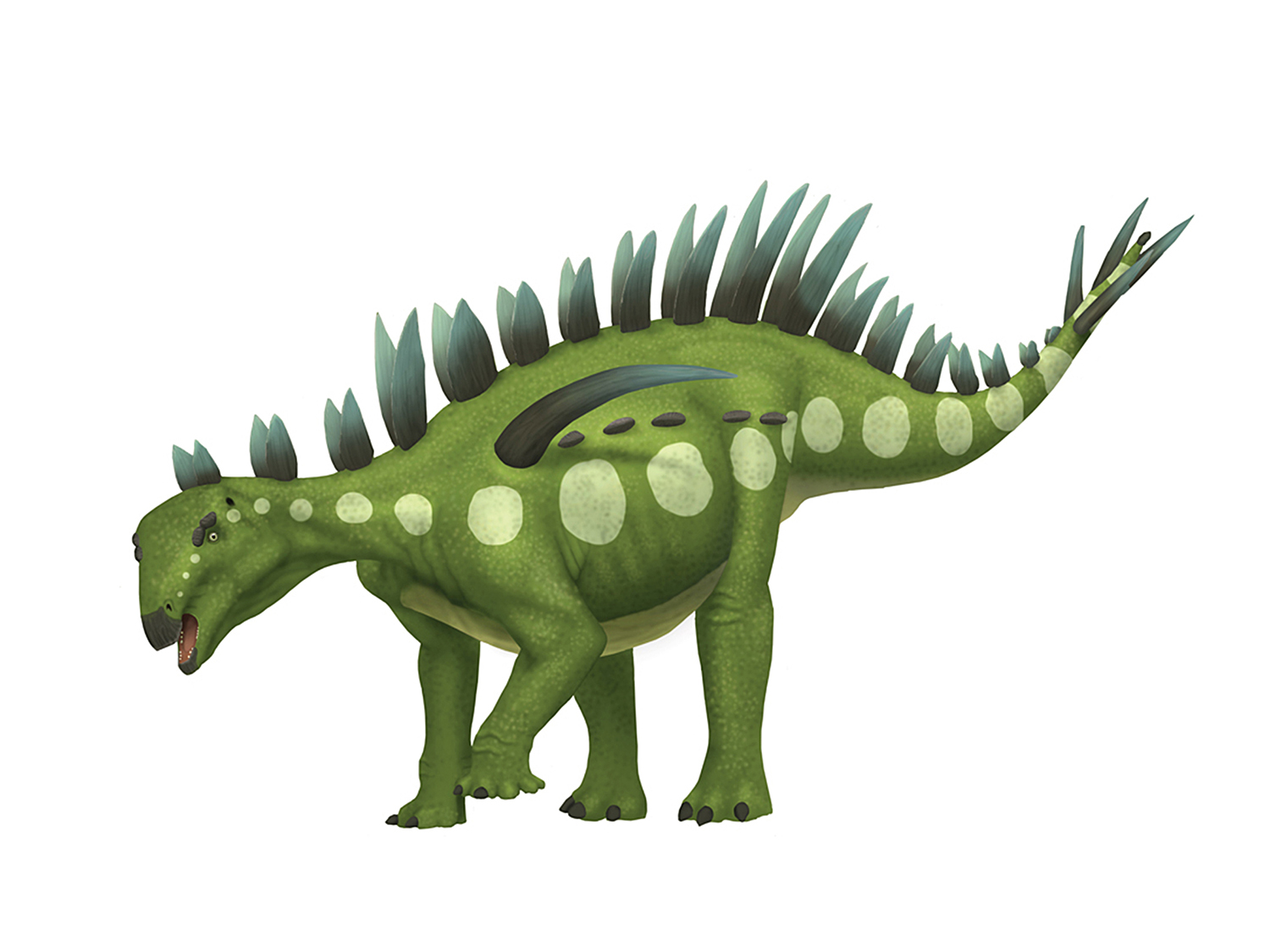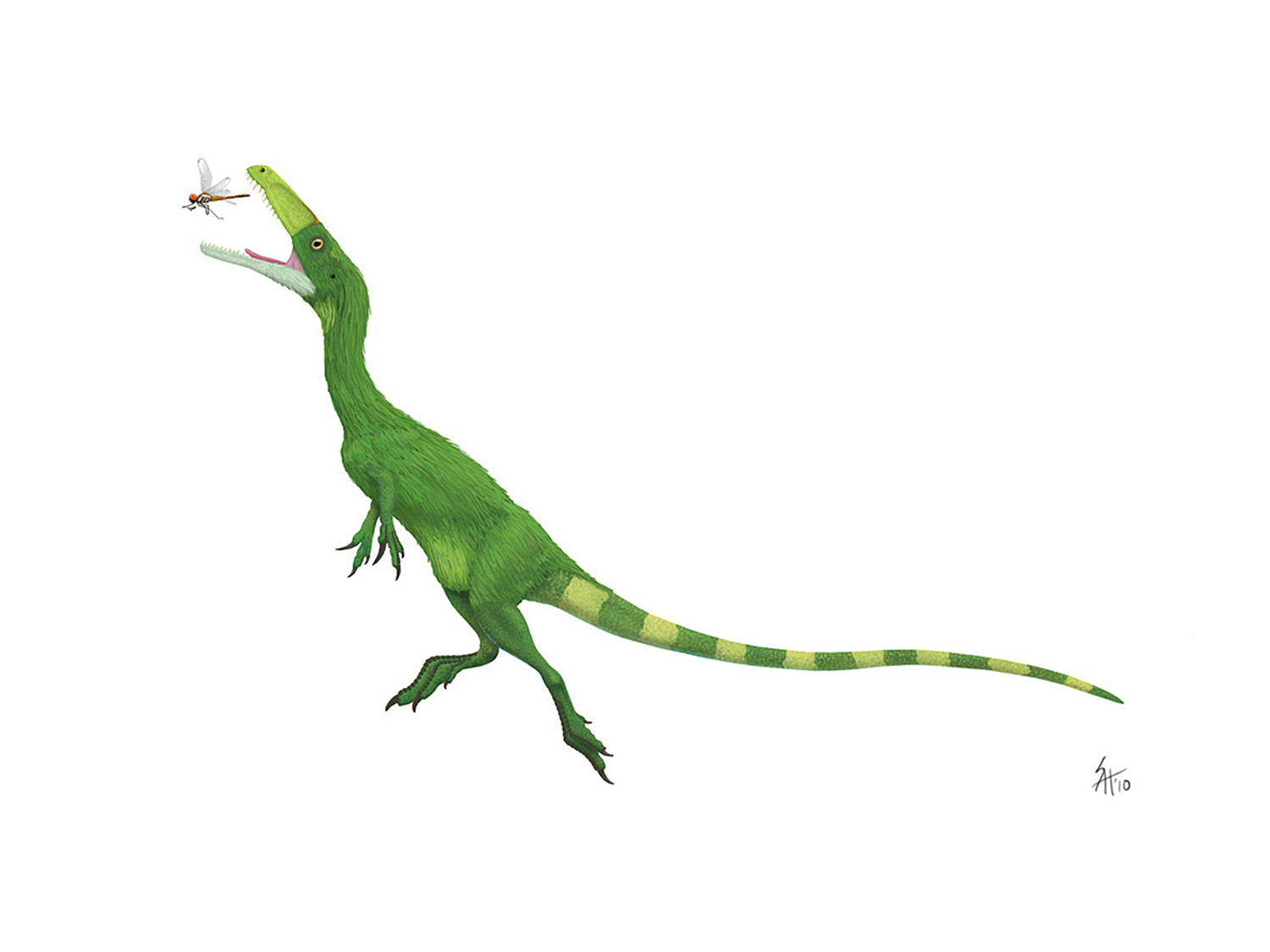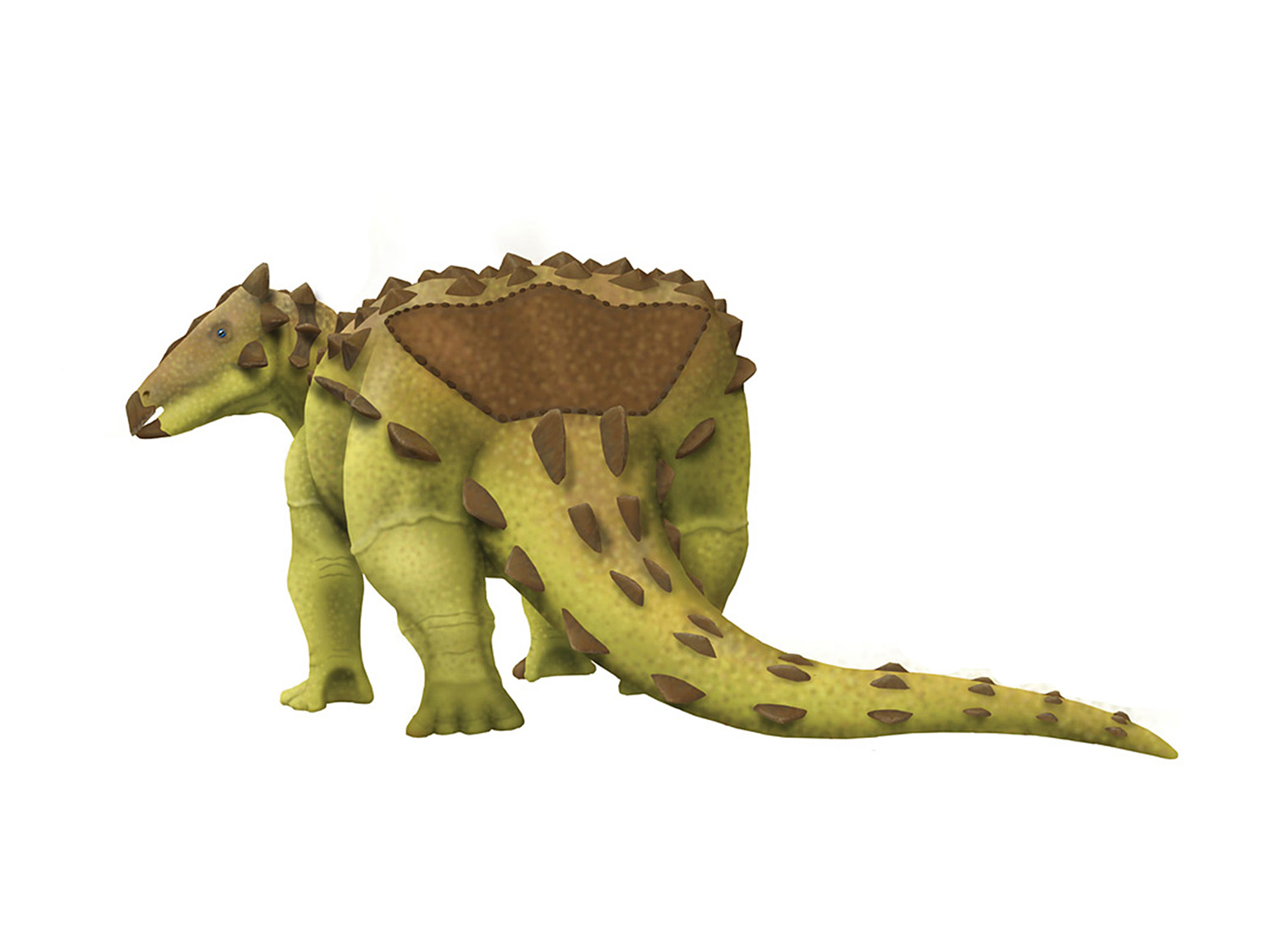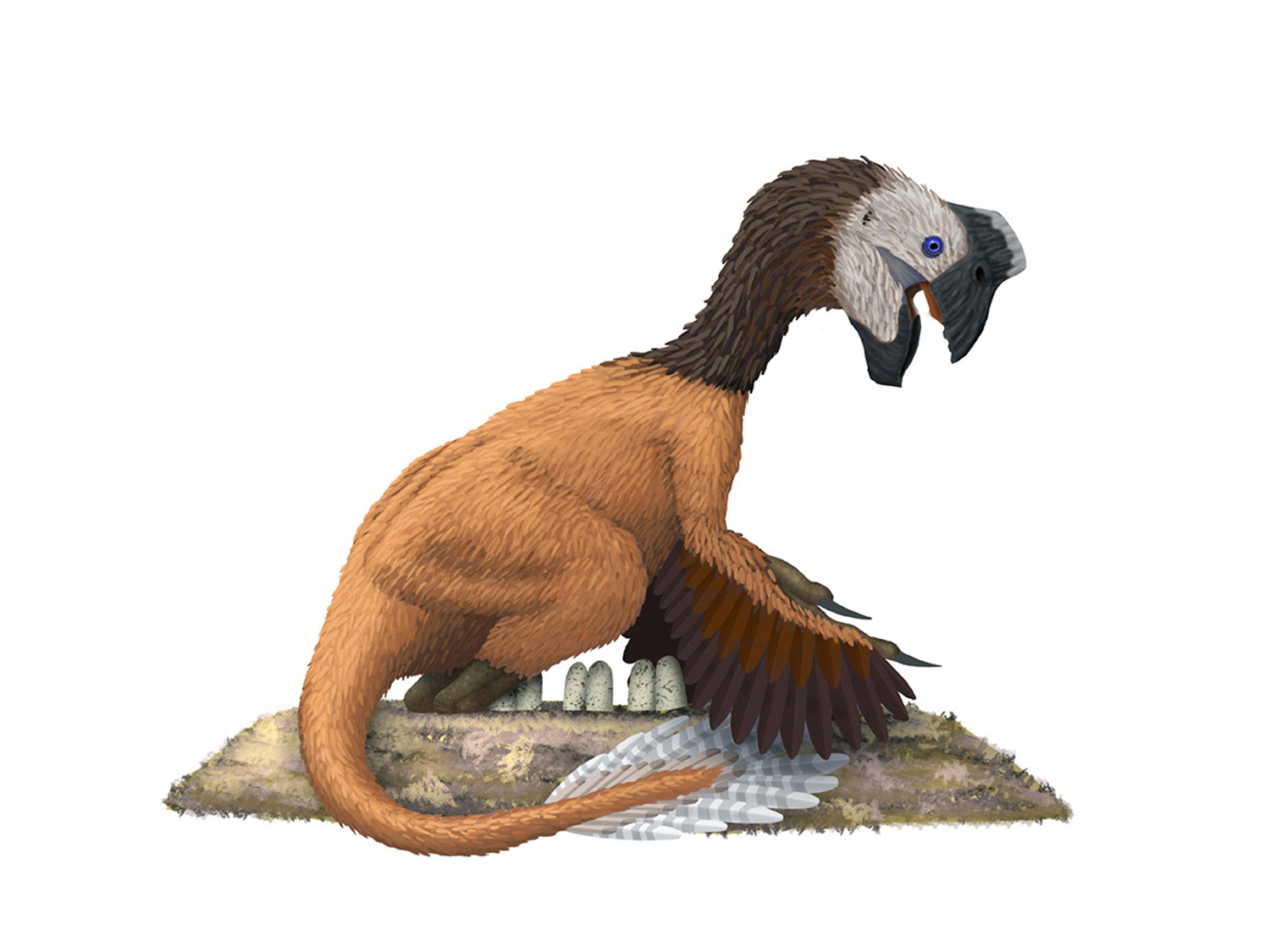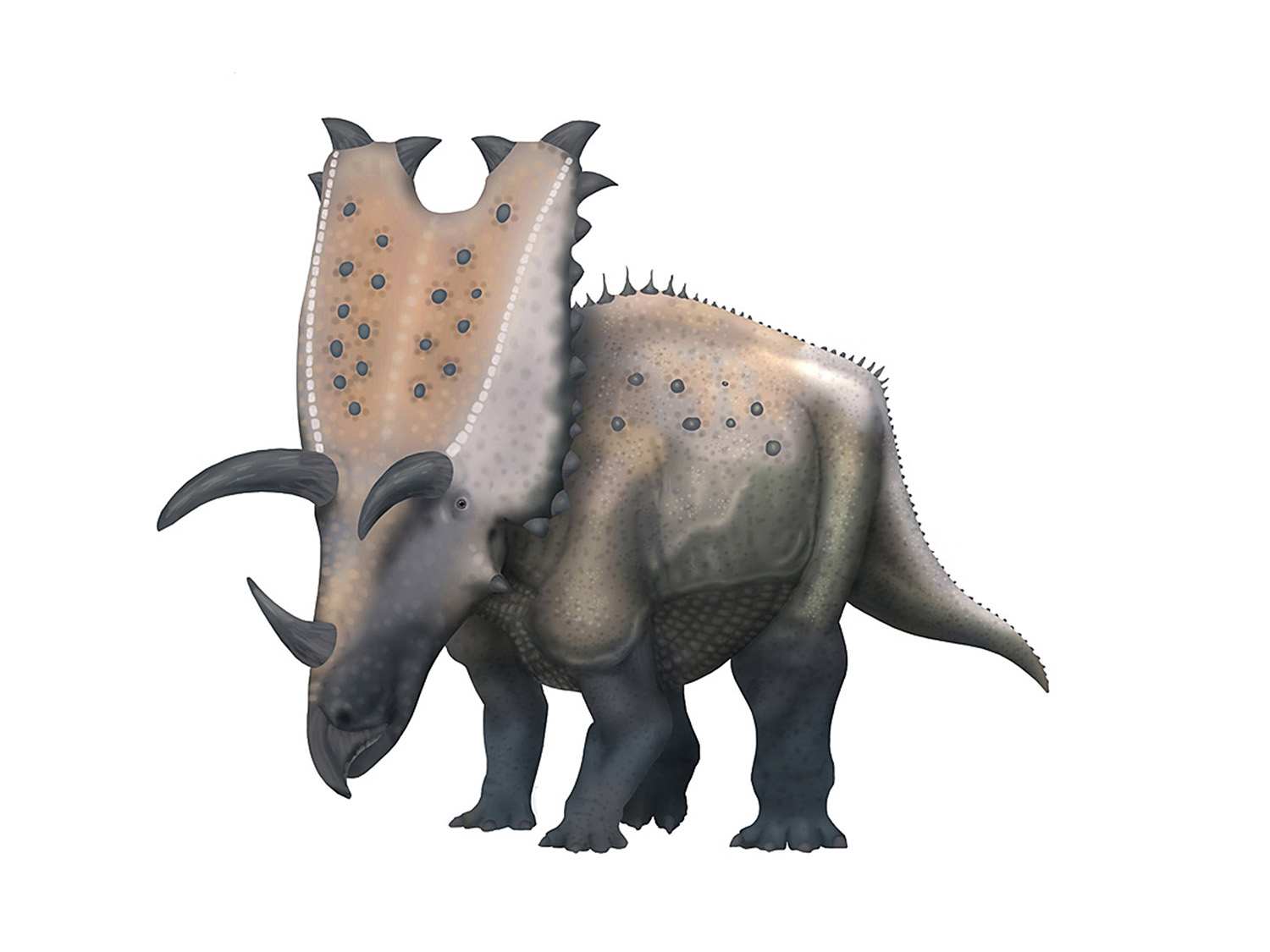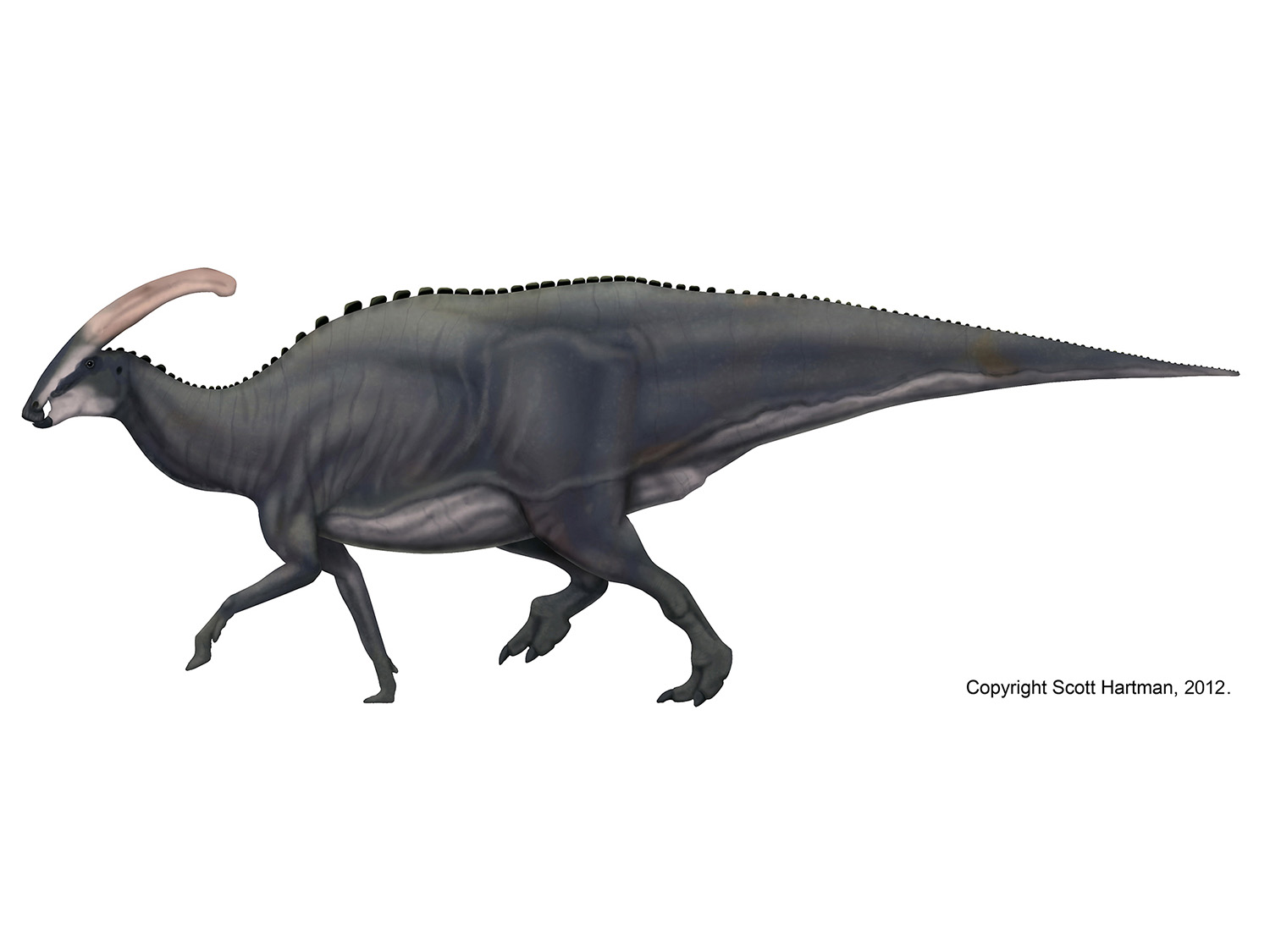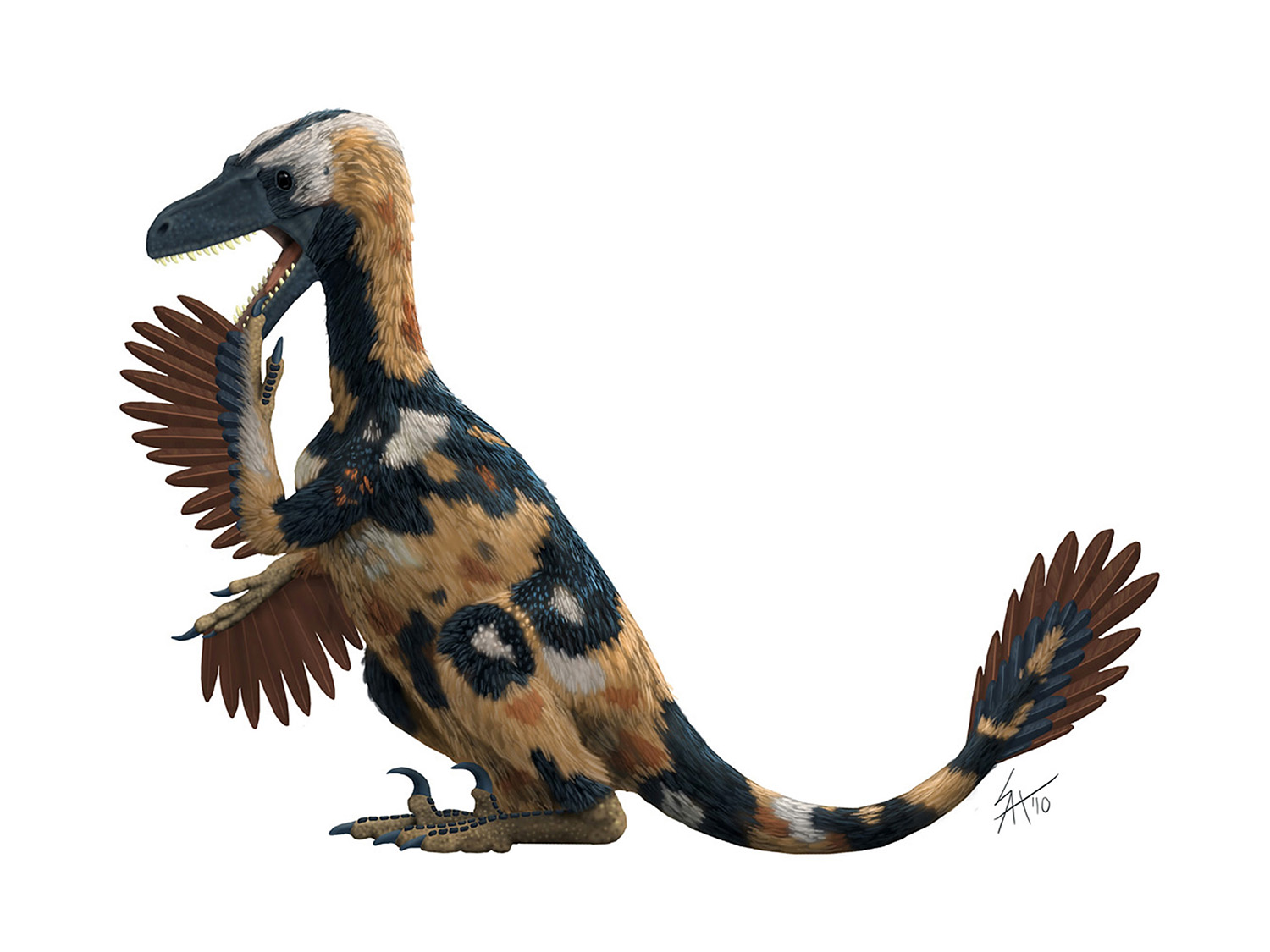The biggest of the big
/I don't know if that grabs your attention, but sorting out the size of giant sauropods sure grabs mine. Let's take a more detailed look at some of the critters in this image:
First off, I need to admit that this is not all inclusive. The legendary Amphicoelias fragillimus will never be included (unless more material is found). I have not sufficiently nailed down the scaling of Argentinosaurus yet to include it, but early scaling makes it look like it's the same size or slightly smaller than Puertasaurus (which I did include).
Note that most of these animals are only known from a single specimen (and often quite incomplete skeletons at that), which means that we don't really know what the size range of animals was in a living population. So keep in mind that while we can compare individual specimens, we can't say with any certainty that the biggest skeleton really came from the biggest sauropod species.
Here are some other quick hits:
1) For personal reasons I love me some Supersaurus. I've scaled the reconstruction to the size of the WDC specimen (32m), though the type specimen may have reached 34m in length. Either way it's the longest sauropod we can reasonably restore, though it certainly was not the heaviest (diplodocids tend to be fairly slab-sided compared to titanosaurs).
2) The large NMMNH Diplodocus specimen (originally named Seismosaurus) is also very long (~30m) but probably even lighter in mass.
3) Diplodocids may rule the roost in length, but macronarians seems to (mostly) crush them in terms of mass. Puertasaurus is currently my reigning champion; filling in the (extensive) missing elements with other lognkosaur relatives leads to a 27 meter long animal that is clearly the heaviest of the group (I'll speculate maybe in the 60-70 tonne range, but treat that as arm waving until it's verified by volumetric or double integration analysis).
4) To elaborate on preliminary Argentinosaurus results (not included above), it’s in the same size range as Puertasaurus, but basal titanosaurs may have had somewhat shorter tails (hence the smaller length) and the vertebrae aren't quite as wide as Puertasaurus, so my best guesstimate is that it loses on both accounts to it's lognkosaur relative, if only by a weeeee bit.
5) I didn't include Paralititan but I did scale it (hey, there's only so much space). It's large, but appears to be somewhat smaller than the Dallas specimen of Alamosaurus.
6) Speaking of Alamosaurus, I spent a lot of time trying to sort out who had the biggest fragmentary remains between Fowler & Sullivan (2010) and Guzman-Gutierrez & Palomino-Sanchez (2006). The tibia from Mexico is easily biggest (see gray silhouette behind the main Alamosaurus), but foreground skeletal here is based on Fowler and Sullivan's largest specimen (an isolated tail vertebrae) which happens to be from animal almost exactly the same size as the specimen on display at the Perot Museum of Nature and Science. Of course at this point we don't know for sure if the mexican tibia is truly Alamosaurus, or something new.
6) Brachiosaurus has long been abandoned in discussions of who is the largest dinosaur, but I'm not sure that's a good idea. The skeletal above is restored to the size of the type specimen, but some of the Utah specimens may be larger. The very broad-gutted Puertasaurus ekes out a larger size, but with such small sample sizes I don't think Brachiosaurus can actually be ruled out at the species level.
7) On the other hand, the significantly less robust Giraffatitan probably can be ruled out despite being quite tall.
8) While titanosaurs are generally heavier than diplodocids, very large Apatosaurus specimens appear to fit comfortably in the same size class. In addition to the Oklahoma specimen I have seen a few other (unpublished) apatosaur specimens that at least rival it in size.
So there you have it. If you have any other questions hit me up in the comments section below.

